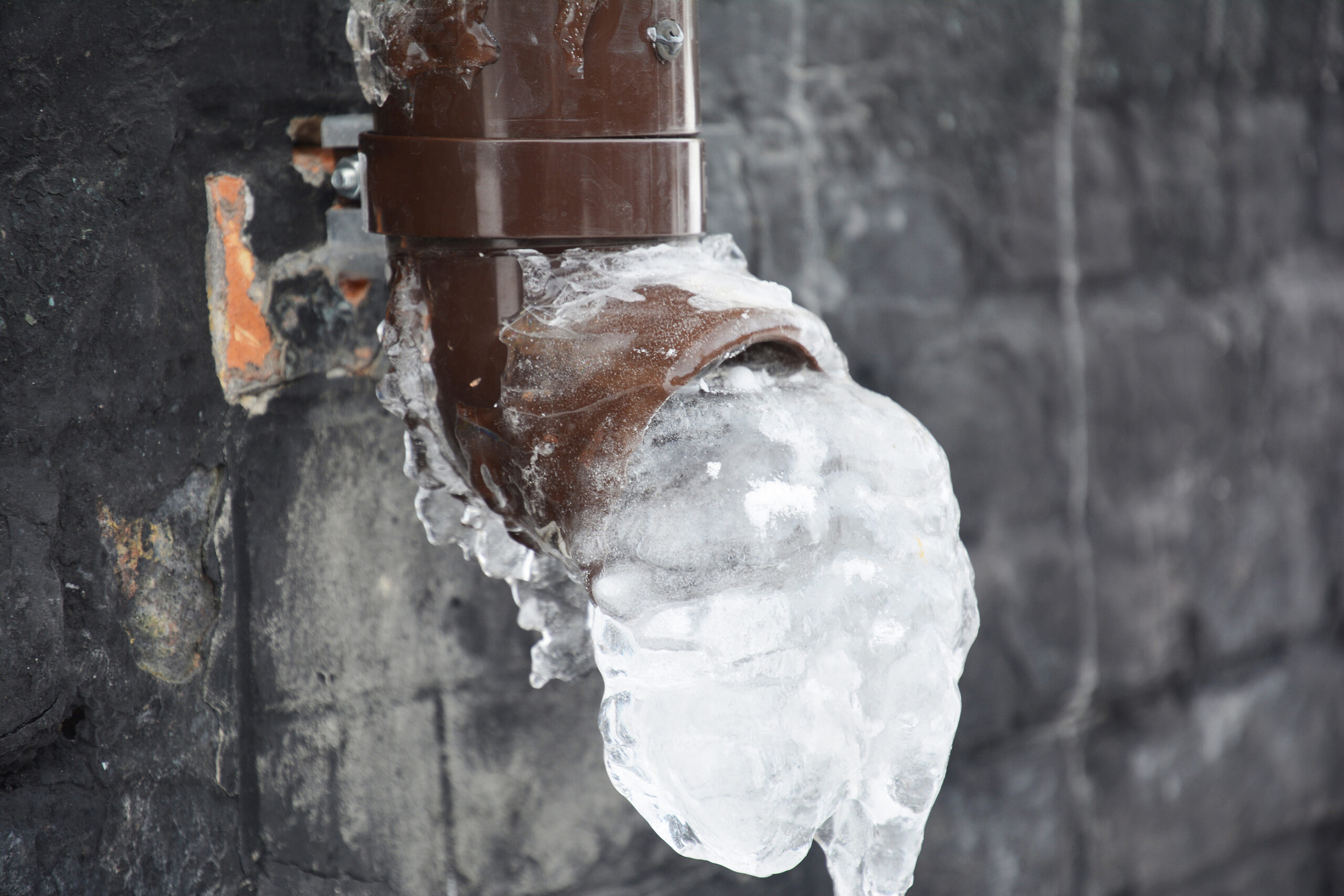We've stumbled on this great article pertaining to How to prepare your home plumbing for winter weather listed below on the internet and decided it made perfect sense to write about it with you in this article.

Winter can damage your pipes, especially by freezing pipelines. Here's just how to prevent it from taking place and what to do if it does.
Introduction
As temperatures decline, the risk of icy pipelines increases, possibly bring about costly repair services and water damages. Understanding exactly how to stop icy pipes is important for house owners in cool environments.
Prevention Tips
Insulating susceptible pipelines
Cover pipelines in insulation sleeves or make use of warmth tape to shield them from freezing temperature levels. Concentrate on pipelines in unheated or external locations of the home.
Home heating strategies
Maintain indoor areas effectively heated up, particularly areas with plumbing. Open closet doors to permit cozy air to distribute around pipes under sinks.
How to recognize icy pipes
Look for lowered water circulation from faucets, uncommon smells or noises from pipelines, and noticeable frost on exposed pipelines.
Long-Term Solutions
Architectural adjustments
Take into consideration rerouting pipes away from outside walls or unheated locations. Add added insulation to attics, cellars, and crawl spaces.
Upgrading insulation
Buy premium insulation for pipelines, attics, and wall surfaces. Proper insulation assists maintain constant temperature levels and decreases the danger of icy pipes.
Securing Exterior Plumbing
Yard tubes and outdoor faucets
Detach and drain garden hose pipes prior to winter. Set up frost-proof faucets or cover exterior taps with insulated caps.
Comprehending Icy Pipelines
What creates pipelines to ice up?
Pipelines ice up when revealed to temperatures below 32 ° F (0 ° C) for extended periods. As water inside the pipes freezes, it increases, taxing the pipeline wall surfaces and possibly triggering them to rupture.
Dangers and damages
Frozen pipelines can bring about water disturbances, property damages, and costly repair work. Burst pipelines can flooding homes and cause extensive architectural damage.
Signs of Frozen Piping
Determining frozen pipelines early can prevent them from breaking.
What to Do If Your Pipes Freeze
Immediate activities to take
If you presume frozen pipelines, maintain faucets open up to eliminate pressure as the ice melts. Make use of a hairdryer or towels soaked in warm water to thaw pipes gradually.
Verdict
Avoiding icy pipes needs aggressive measures and quick feedbacks. By understanding the causes, indications, and safety nets, homeowners can safeguard their pipes throughout winter.
6 Proven Ways to Prevent Frozen Pipes and Protect Your Home
Disconnect and Drain Garden Hoses
Before winter arrives, start by disconnecting your garden hoses and draining any remaining water. Close the shut-off valves that supply outdoor hose bibs and leave the outdoor faucet open to allow any residual water to drain. For extra protection, consider using faucet covers throughout the colder months. It’s also important to drain water from any sprinkler supply lines following the manufacturer’s directions.
Insulate Exposed Pipes
Insulating your pipes is an effective way to prevent freezing. Pipe insulation is readily available at home improvement stores and is relatively inexpensive. Pay close attention to pipes in unheated areas such as the attic, basement, crawl spaces, or garage. Apply foam insulation generously to create a buffer against the cold. You can also wrap your pipes in heat tape or thermostat-controlled heat cables for added warmth.
Seal Air Leaks
Inspect your home for any cracks or openings that could let in cold air. Seal any holes around the piping in interior or exterior walls, as well as the sill plates where your home rests on its foundation. Additionally, make sure to keep your garage door closed unless you’re entering or exiting. Leaving it open creates a significant air leak that can lead to frozen pipes.
Allow Warm Air Circulation
During cold snaps, it’s essential to allow warm air to circulate evenly throughout your home. Leave interior doors ajar to promote better airflow. Open kitchen and bathroom cabinets to help distribute heat consistently around the rooms. If you have small children or pets, be sure to remove any household chemicals or potentially harmful cleaners from open cabinets for safety.
Let Faucets Drip
A small trickle of water can make a big difference in preventing ice formation inside your pipes. When temperatures drop significantly, start a drip of water from all faucets served by exposed pipes. This continuous flow helps prevent the water from freezing. Additionally, running a few faucets slightly can relieve pressure inside the pipes, reducing the chances of a rupture if the water inside does freeze.
https://choateshvac.com/6-proven-ways-to-prevent-frozen-pipes-and-protect-your-home/

We were shown that report about How to Prevent Your Pipes From Freezing from a pal on another web address. For those who liked our page kindly make sure you remember to pass it around. Thank-you for taking the time to read it.
More Details
Comments on “Avoiding Pipes from Cold Weather: Effective Methods”